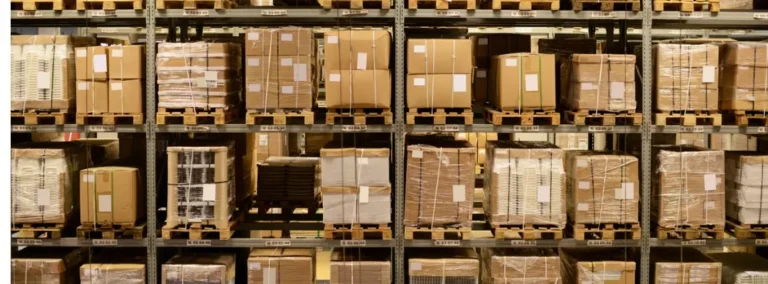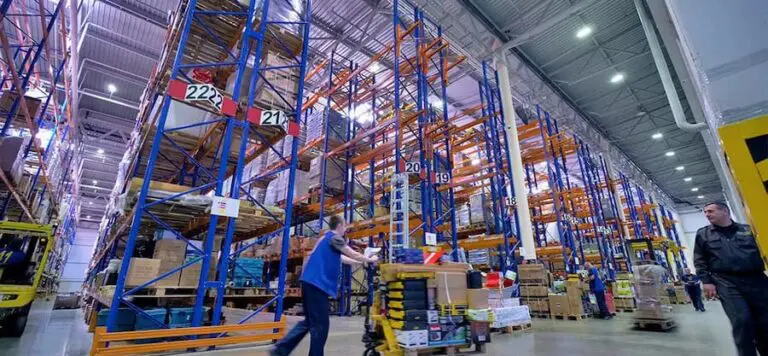Brick-and-Mortar Shopping: Look What’s Back Again
Move over, bucket hats and fanny packs! It’s not just 90s fashion that’s trendy again. Retail distribution and brick-and-mortar shopping — only recently considered uncool — are, like totally, back in style.
The last 10-15 years have seen a massive rise in direct-to-consumer brands (those that sold to consumers directly rather than through a retailer, like Macy’s). These brands are generally digitally native and historically utilized an asset-light business model that eschewed large, fixed costs (e.g., long-term property leases) or intermediaries (e.g., other retailers) that could disintermediate the relationship between the brand and its customer.
The belief was that this approach reduced costs by cutting out the retailer’s markup and allowed brands to control the customer “experience,” such as how the product was marketed, displayed, packaged, shipped, and priced. This enabled a brand to fully utilize its customer data and quickly determine customer preferences, location, what products were hits, and what products were busts. However, the strategy has shifted.
Many well-known DTC brands like Harry’s Razors and Soylent are now actively utilizing retail channels (Walmart, CVS, Target, Amazon, etc.) to sell their goods. Rothy’s and Warby Parker have built out a network of brand stores to display their products in person. A number of big names are utilizing both strategies extensively (Allbirds, Peloton, Black Tux, Outdoor Voices, and more). What is causing the change of heart?
DTC brands using the standard strategy of the last decade had begun running into issues of oversaturation and unprofitability. DTC brands have increasingly focused on digital and social media marketing. As more DTC brands come online, the cost of online advertising is driven up, causing the cost of customer acquisition to skyrocket. In addition, changes to privacy standards at companies like Apple meant that advertising became less effective. DTC brands were paying substantially more to get less. Add in the operational complexity (cost) of fulfilling thousands of DTC orders, and many brands were losing a lot of money. Though they weren’t paying markups to retailers, those savings were overwhelmed by the cost of advertising and shipping. The economics had become so bad that companies weren’t even profitable at the unit-sale level — they lost money on every transaction, meaning the more they sold, the more they lost.
Many of these DTC brands are venture-backed. Given an increase in interest rates and uncertainty in the economy, VC firms have begun emphasizing that their portfolio companies focus on profitability. Companies that can’t achieve that are struggling to get funding and risk perishing.
These factors together have pushed DTC brands to look at alternative strategies. Retail distribution has become appealing again for many of the same reasons it was popular to begin with:
- First, it is often profitable from Day One. The retailer pays the brand for a bulk quantity, and fulfillment costs are significantly reduced since shipping pallets of goods to only a couple of destinations is easier than shipping thousands of small parcels around the world. Moreover, exploding advertising costs are mitigated since the retailer takes on partial responsibility.
- Second, the brand gets exposure to countless new potential customers who might not otherwise see or consider its product.
- Finally, retailers have begun sharing shopping data with their brands, allowing them to augment their strategy (what’s selling well for their brand; further, what items are selling well for similar brands, etc.) based on this information — this is a material change from the data-siloed approach many retailers took previously.
Meanwhile, brick-and-mortar locations allow brands to give customers a tangible experience before buying and help brands build their customer base. If you’re shopping for a suit or a mattress, often you want to try it out in person first. Store locations offer this capability. Like retail distribution, physical stores provide de facto advertising and may bring in additional customers who might not otherwise have heard of the brand. For example, my mother recently bought a pair of glasses from the store location of a DTC brand that she had never heard of before.
DTC brands are using their data from “traditional” direct-to-consumer businesses to make smart decisions on where to locate physical stores. The Wall Street Journal described how Warby Parker looked at where orders were shipping to determine high-density locations for stores. This has helped drive a network of stores for the brand with high sales.
Finally, with problems in the current retail real estate environment, brands are getting more flexible lease arrangements to try out the brick-and-mortar approach. Rather than requiring long-term leases, some landlords are now allowing shorter terms. This lowers risks for brands and has been one reason that some brands that claimed they would never have a physical presence are now opening in multiple locations.
Omnichannel Distribution
A key takeaway for brands is that the logistics of the distribution game have become more complex. You now want (or need) the capability to distribute online direct-to-consumer, through stores, through retailers, straight from your suppliers, and more.
From a logistics perspective, this new versatility means you should be focusing on a few key things:
- Ensure you have a unified view of your inventory, no matter the sales channel. You should understand where your inventory is located and what’s available for fulfillment (and from where) even if you have distributed inventory.
- Carefully allocate inventory to each channel. Do you have a single pool of inventory that can be purchased by any customer (DTC or retail) or do you allocate discrete portions of inventory for DTC, retail, store replenishment, etc.
- Develop a robust backorder management process. Imagine retailers placing orders over EDI for the same inventory that end-customers placed orders against through a separate sales channel (e.g., a brand’s Shopify website). Backorders (orders dropped for inventory that is out-of-stock) will likely occur, which can cause chaos for your Sales, Operations, and Customer Service teams if not handled thoughtfully. To tackle this issue, we’ve seen a couple of approaches. Some companies do not allow backorders, and simply “cut” any back-ordered product from an order and fulfill the remainder. WSI instead recommends a system-driven approach, where backorders are managed/released through the systematic logic of an Order Management System (see below).
- Implement or gain access to a high-quality Order Management System (OMS). An OMS controls orders before they get to the warehouse, routing the order to the optimal warehouse, store, and/or supplier for fulfillment. Without this, determining what orders ship from which points in your supply chain becomes very challenging. A good OMS also gracefully manages backorders, identifies order exceptions, and can provide useful analytics to assess performance. A great 3PL can provide you with access to a reliable OMS.
- Ensure your fulfillment team and/or 3PL has expertise in both DTC and retail fulfillment. Fulfillment for these channels may seem the same, but they’re not. DTC orders typically involve picking small units of measure (eaches or cases) and sending small orders to thousands of end customers. Having access to competitive parcel rates with good data analytics is critical. B2B orders typically necessitate shipping pallets of goods (either single SKU or multi-SKU pallets of cases picked by the warehouse team) to a few retail distribution centers or stores. Often B2B orders require specialty labeling (e.g., UCC-128 labels), packaging (e.g., overhang requirements, stretch wrapping, label placement, retail portal usage), and routing communication (e.g., communicating an ASN to the retailer within a certain timeframe) that are specific to each retailer. Many retailers’ outbound shipments are “collect” (retailer pays), meaning access to great transportation rates may not be as paramount. This just touches the surface of potential differences between B2B and DTC fulfillment — the key is remembering that few fulfillment providers will have expertise in both.
The bottom line is that brands’ supply chains are getting more complex. While this is a great thing to drive sales and grow the brands, steps need to be taken to ensure these companies can keep up operationally and systematically. Doing so will help your organization achieve absolute reliability, which is one thing that will never go out of style.
Sources:
https://www.wsj.com/articles/warby-parker-allbirds-everlane-parachute-collars-co-stores-e4b94623
https://www.wsj.com/articles/brands-wanted-to-cut-out-stores-not-anymore-817b3809
About the Author

Mikayla Josefchuk
Mikayla Josefchuk is WSI’s Inside Sales and Marketing Representative, providing customers with insights on tailored supply chain solutions including warehousing, transportation, and eCommerce fulfillment. A business school graduate of the University of Missouri – Columbia, Mikayla focuses on business development and content creation. When she’s not at work, Mikayla spends her time on walks with her dog, Boone.









